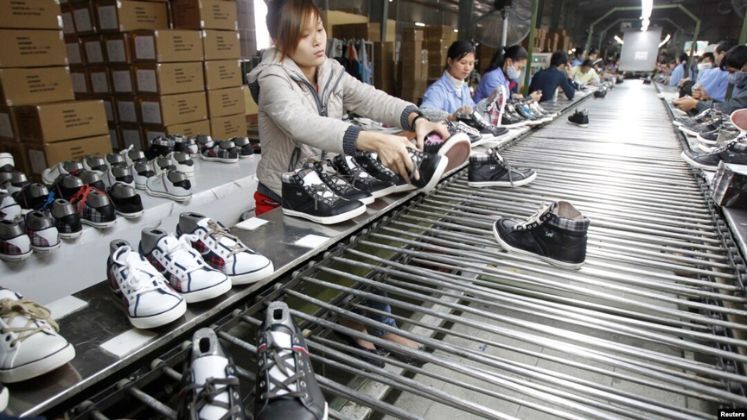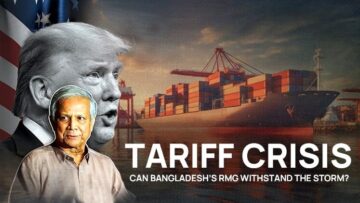
As the dynamics of global trade change and tariff challenges are rising, Vietnam’s textile and footwear industries are moving in definite directions to expand their global presence. Top industry players are directing their attention to countries with existing FTAs while expanding into growing economies with untapped markets.
Vietnam Textile and Apparel Association (VITAS) Vice Chairman Trương Văn Cẩm explained that producers are now preoccupied with meeting consistent export orders. However, there is increasing pressure to have access to granular market information that has the potential to tap into new markets in untapped areas like Russia, Brazil, Chile, and the Middle East.
The drive for diversifying the market arrives as leading trading partners, such as the United States and European Union, realign their trade policies — changes that already are echoing through Vietnam’s export-driven industries. For Phan Thị Thanh Xuân, Vice Chairwoman and General Secretary of the Vietnam Leather, Footwear and Handbag Association (Lefaso), the policy shifts are instilling a strategic shift to South America and Middle Eastern markets, where consumer taste is diverse and demand is strong.
In the short run, the footwear market continues to focus on established destinations in Africa, Asia, Japan, Europe, and the U.S. But to future-proof its global presence, the industry is also experimenting with digital platforms — tapping new sales channels on global e-commerce portals like Alibaba and Amazon.
For this strategic growth, the Ministry of Industry and Trade’s Vietnam Trade Promotion Agency is increasing trade promotion activities. These target Vietnamese exporters and aim to link them with high-potential markets such as Latin America, India, the Halal consumer market, Russia, and the wider Middle East.
However, it is not all smooth sailing. Most Vietnamese companies are small-scale and short of the finance and expertise to undertake large-scale promotions or act quickly to changing trade environments. Officials from the trade promotion body are calling on exporters to utilise Vietnam’s extensive network of FTAs — particularly with nations like Canada, Australia, Japan, the EU, China, and ASEAN partners — to minimise tariff pressures and become more competitive.
Government assistance will also persist at major international trade exhibitions, such as Germany’s Anuga, France’s SIAL, China’s Canton Fair, World Food Moscow, and Trade Expo Indonesia. The participating companies will be given logistical and financial support to strengthen their visibility.
Đỗ Ngọc Hưng, Vietnam’s Counsellor for Trade in the US, stressed long-term competitiveness. He appealed to enterprises to diversify supply chains, reduce dependence on individual sources of input, and fully benefit from new-generation trade agreements. Hưng also mentioned Canada as a high-potential market and advocated for faster domestic consumption coupled with renewed FTA negotiations.
Simultaneously, VITAS’s Cẩm encouraged Vietnam’s overseas trade offices to be more responsive, calling on them to report timely on changing consumer patterns, trade talks, and policy trends — important weapons, he claimed, to assist exporters in adjusting and prospering amid a rapidly changing world economy.






